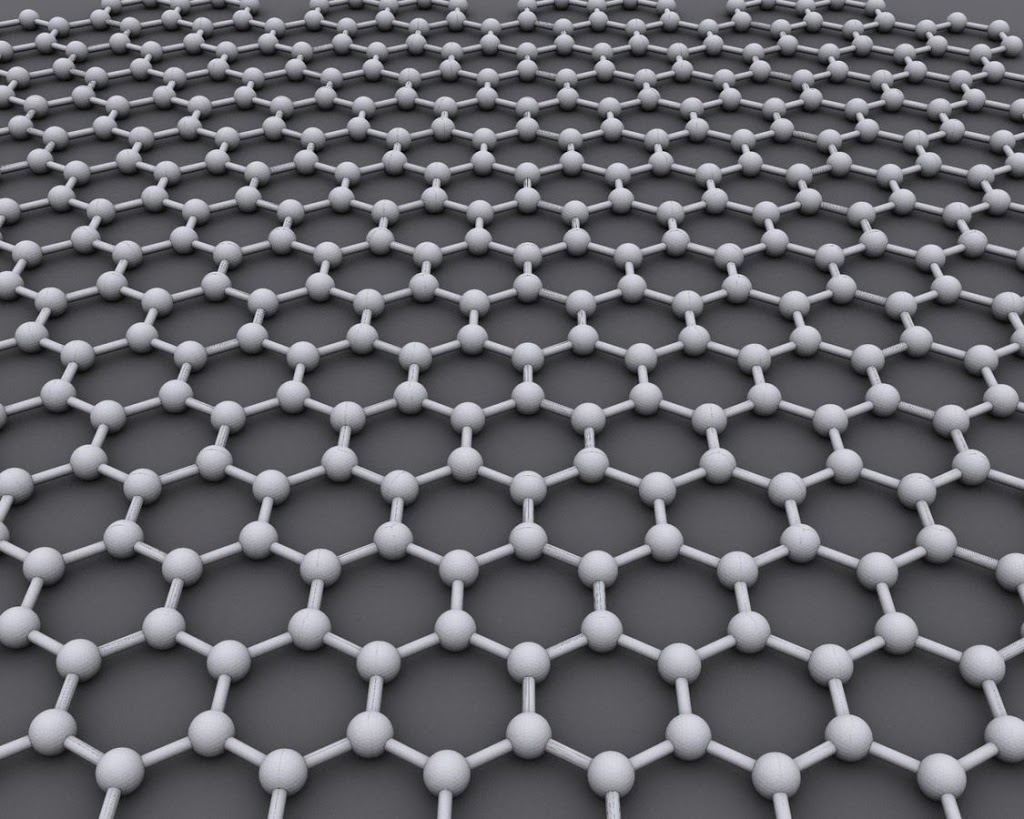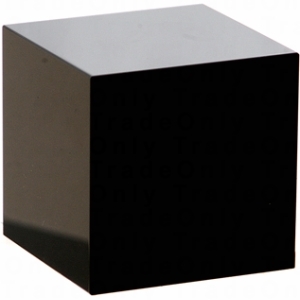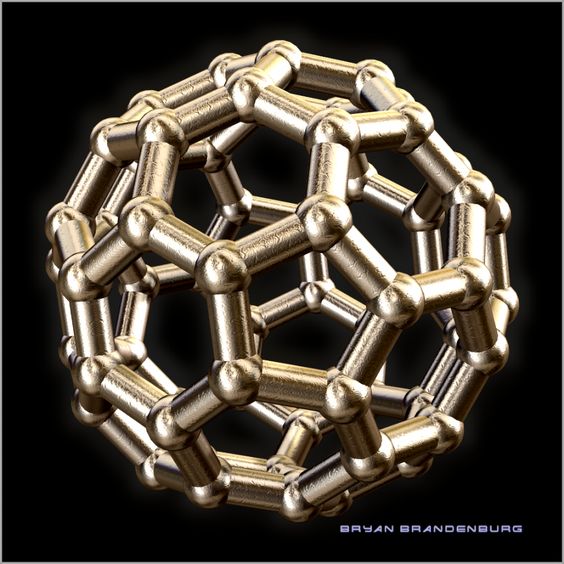Aerogel is one example of a porous solid that goes to the limits of density by being cellular with minimum solid material. It is 99% air and thus is it still heavier than air.
A solid that is lighter than air, by my definition is a non fluid material that has a density lower that air density on earth’s surface which is about 1200 grams per meter cube.
So how is this solid achievable ?
I guess you have heard of Graphene, the lately famous super strong material, that got Andre Geim and Konstantin Novoselov a noble prize in Physics in 2010. I will use this strong material to describe a solid lighter than air that can be first made in laboratory and maybe in the future produced in large scale for projects of aviation, space or construction.
Graphene is described as “atomic-scale hexagonal lattice made of carbon atoms” shown in the picture below. A one atom layer material.
 |
| Wikipedia |
When you look a round you, remember that every meter cube of air has about 1200 grams of O2 , CO2, N2 and other gas molecules floating it. So, let us take one meter cube of air, push all atoms in it to the surface of that cube and connect them to form a wall. We end up with a solid cube with a vacuum within it. This cube has 1200g of material making its surface shell and a vacuum inside, so it has the same density of Air (Even same atoms).
We could do the same thought exercise but replace this time the Carbon, Oxygen, Hydrogen and Nitrogen atoms with only Carbon. Then, we connect the Carbon atoms to form a Graphene solid cube of carbon with a vacuum “trapped” inside. Graphene is measured to be one of the strongest materials discovered so far, the common story to describe the strength of it, is that if you place a pen on a sheet of Graphene and make an elephant stand on the pen, it will not pierce the sheet.
A meter cube volume for a real Experiment is definitely not a practical starting volume for a laboratory. The real experiment could be done to produce a 1 cm diameter sphere of graphene in Vacuum. This sphere would trap vacuum, resist collapsing and when placed in Air Environment, it would be lighter than air.
I went through the trouble of doing calculations for the smallest sphere with a shell that would be lighter than air considering the volume is takes, in other words that smallest sphere that can be lighter than air. The result is :
1.90121 µm radius or 3.80242 µm diameter.
If you are into physics and math… continue reading.
Below are my approximate calculations, please correct me if you spot a mistake.
Assuming that carbon atoms form perfect flat Hexagone geometry, the area of an hexagon with L as edge length is :
Distance between carbon atoms in a Hexagone assembly is 0.142 nm.
Area of a sphere is 4πR^2.
Dividing those two values with a selected starting radius of 1 meter, we could identify how many hexagons would cover the surface of that sphere.
When assembled, every hexagon shares a side with another hexagon next to it, so the number of Carbon atoms involved in the construction of this sphere would be two atoms per hexagon times the number of hexagons.
Knowing the mass of one carbon atom (1.992 x 10^-23 g) it is then possible to calculate the mass of a sphere.
Knowing the volume, we finally have the Density.



Having noticed your wheelie thingo couldn't resist having a look around. Nice concept and thank you for doing this. What you have proposed with this one is really cute but you don't even discuss the one obvious potential Achilles heel, unless I misread something. How are you sealing the pica sized object to keep the presumably smaller gas molecules out? Either because they simply don't fit, or won't go there when differential pressures and true velocity scale is looked at wrt how close molecules can be before one of those lovely sub-atomic forces takes over. Or if osmosis effects or, worse still, a clumping / bonding occurs on the surface due to Van der Waals forces / whatever and sinks the ship by giving a higher surface mass than you were anticipating?
Not an area of expertise for me, but just wondering about this stuff…
Hello Again VinceS,
There could be more strange article on this blog.
But i think you already got the idea of this articles, I am not proposing a product , neither am i proposing a complete solution.
I am generally proposing a string of thought that someone can pick up and build on.
For this idea, this spehre is a fundamental building block for a larger object, the total outside surface could have atoms stuck to it , but it is unlickely for saturated cabron bonds.
The assembly as mentioned could be done in Vacuum as those bucky balls, so there will be no contaminating atoms.
I am always ready to discuss the idea and thank you again for the feedback.
This comment has been removed by a blog administrator.